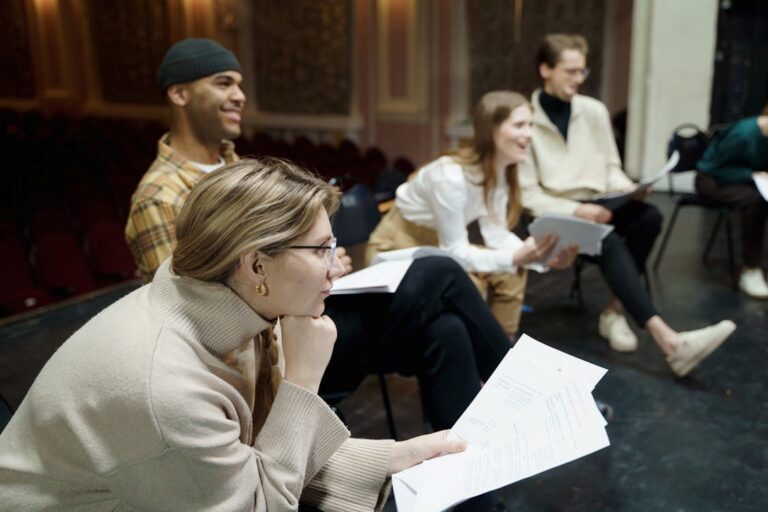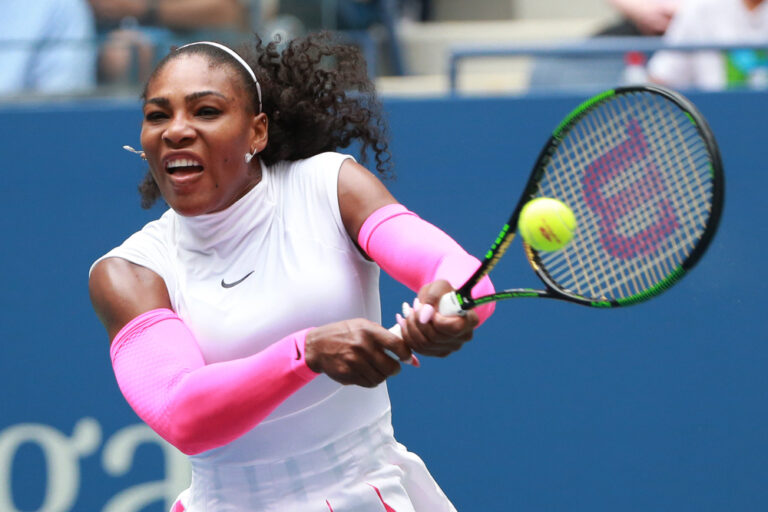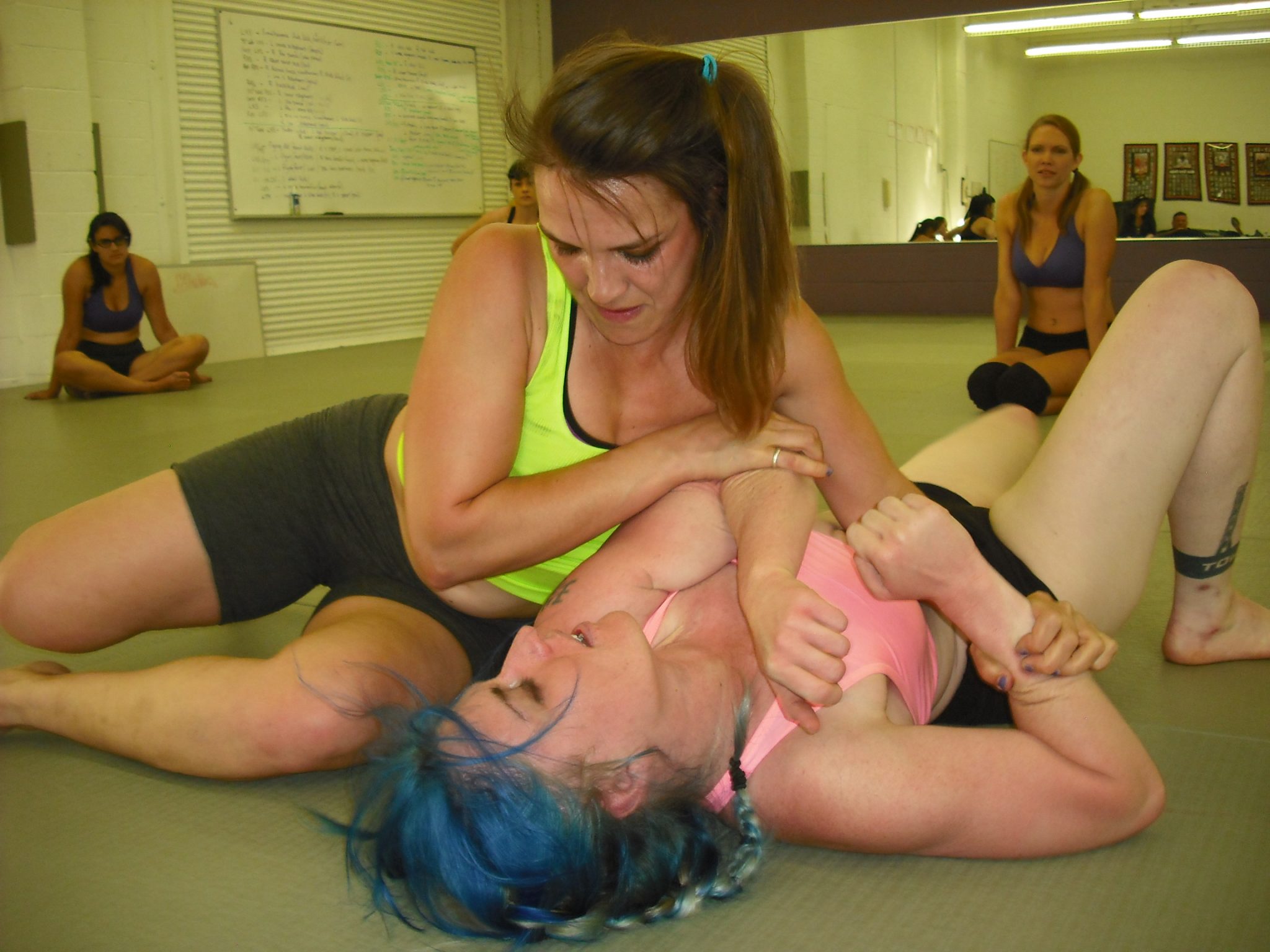
fciwomenswrestling.com article, https://femcompetitor.com photo
Newer female submission wrestlers in the present MMA trained world often find themselves on the defensive with little training on how to escape some tough interior positions.
One of the inferior positions they may be trapped in is the half guard.
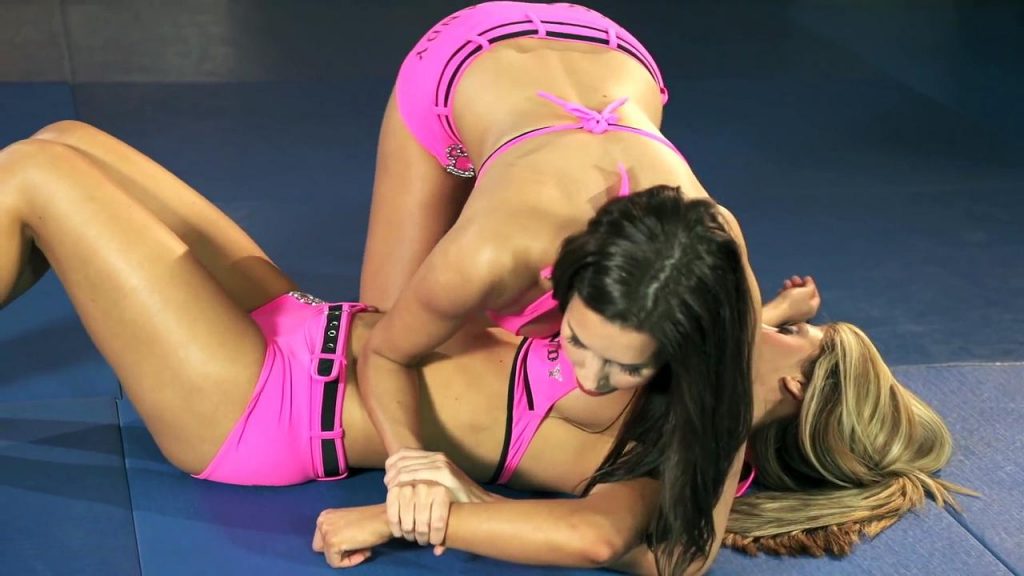
Sometimes the bottom combatant is said to be in half guard, while the top combatant is in a half mount. In wrestling and catch wrestling half mount is called Turk ride. The half guard is the position that is in between a full guard and side control or full mount.
So if you are a newer wrestler and find yourself in the half guard inferior position, here are some suggestions on how to improve your situation or escape.
17 Important Tips For Half Guard on the Bottom
By Jason Scully
These are some important aspects to focus on and remember when it comes to being on the bottom in half guard
Don’t just hold on. Gone are the days when someone moves into your half guard and then you try to hold onto them for dear life. The half guard game is a more active, offensive, and aggressive position then it once was. So if someone ends up in your half guard because they were working a pass, you should know that you have plenty of offensive options from this position and you should work just as hard from the half guard as you would if you were in any other guard.
When you’re in the half guard on the bottom, you never want to be flat on your back. The main reason for this is because when you’re flat on your back you greatly decrease your mobility. You should be facing your opponent on your side in a position that looks similar to a fetal position. If you were to let your opponent get your back flat on the mat then he will have a much better chance of stopping your movement on the bottom and you will also feel much more of his weight on top of you.
It’s extremely important to make sure you stop your opponent from crossing facing around your head and gaining head control. The reason for this, is because when your opponent gets control of your head and starts to place shoulder pressure on your face this does a very good job of getting your shoulders and back flat on the mat, which in turn decreases your mobility on the bottom.
Use the paw grip to stop your opponent from gaining head control on you. Your opponent is mainly going to try to gain head control on you most of the time by starting first to hook around your head with his arm that is further away from your body so you need to at least take the hand of your bottom arm and control his arm that is attacking your head. A very effective way to do this is by having all of your fingers close together forming something similar to a paw and controlling at your opponent’s bicep. Many times stopping your opponent from getting head control is so important that you may have to use a double paw grip to prevent your opponent from getting head control. This is where you will use both of your hands on his arm that he’s using to establish control.
Ideally you want to tuck your head deep under your opponent. This makes it much harder for him to gain head control on you. It also gives you a better opportunity to get deeper under your opponent so you can start working more offensive movements.
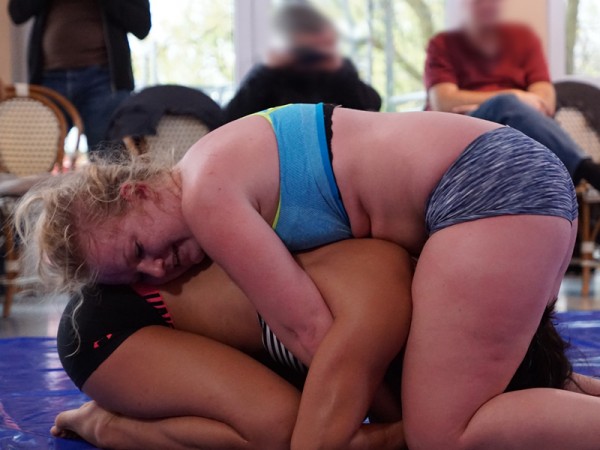
Getting an under hook with your top arm is a good position because it assist with helping you stay on your side, but you also need to be aware of certain attacks your opponent can do to you. As the development of the half guard started to get more offensive the under hook was said to be extremely important in establishing an offense from this position. While this is still the case, there have been developments to counter the under hook positions. The use of movements such as brabo chokes and wizzers have been added to effectively work against your under hook position from half guard so you need to be aware that these counters exist.
Be ready for your opponent to turn his hip down and work passes facing towards your legs similar to a reverse scarf hold position but while in half guard. This position in my personal opinion and experience is one of the hardest positions to deal with when you are on the bottom in half guard. The main reason this position poses such a problem is because when your opponent establishes this reverse top half guard position they gain a lot of control of your hips making it much harder for you to be as mobile as you’d like to be.
I focus on making sure my opponent doesn’t get this position just as much as I focus on them not establishing head control. One way that I use to stop my opponent from establishing this position is I post directly on the side of the hip they are trying to turn down. As soon as I see them turn their hips I place one (and many times two) of my hands right on their hip bone and I stiff arm their hip. This makes it much harder for them to turn their hip down and also many times creates some space. Doing this requires a great deal of timing and practice so it’s a good idea to start working on it now, because once your opponent settles in that position it can be very hard to deal with.
Another thing to focus on is preventing your opponent from crossing their ankles while in your half guard. The simple act of them crossing their ankles makes certain movements much more difficult and it also makes them feel much heavier. Usually when I establish a half guard one of the first things I do is I take my outside foot and I hook it over my opponent’s leg that I have trapped. I then drag his leg closer to me with my leg which brings his leg further away from his other one. When you do this it makes it much harder for your opponent to cross his ankles early on.
Don’t get lazy with your legs, keep them active. Many times when the half guard position is new to someone they forget to keep their legs active and they let their legs that have their opponent’s leg trapped open up or just let their legs go flat without even knowing it. When this happens it becomes much easier for your opponent to just pull his leg out and work a pass. You should be aware of the position of your legs and the position of your opponent’s trapped leg at all times.
Get low under your opponent. When you’re able to get low under your opponent you increase your opportunities to take your opponent’s base out and mess with your opponent’s balance.
Work on always compromising your opponents balance and do not let them settle on you. As with tip number 1, you always want to stay active. Whenever they get a chance to settle it becomes much harder to reestablish your position.
Constantly threaten to work back to full guard by doing so it makes it much harder for them to start working to pass.
Be aware of the pressure your opponent is putting on you. Is he pushing into you? Is his weight back more? If you know how your opponent is distributing his weight, it will help you determine which direction you may want to attack towards especially if you are working for a sweep or to transfer to full guard.

Always look for your opponent’s arm that is closer to your top arm to be across your body/chest. There may be times where your opponent’s arm that is closer to you ends up going past the front of your body. This is a perfect opportunity for you to work attacks towards your opponent’s back.
To get their chest off of you and to gain some distance between the both of you make a frame across your opponent’s neck with your top arm. Many times in a no-gi situation I place my hand right no their neck. When you do this it’s very uncomfortable for your opponent and many times creates distance because they have trouble dealing with the pressure on their neck.
Become familiar with the different half guard positions not only for an offensive approach but also for a defensive approach when you are on top of someone’s half guard.
Regular Half Guard – This is your basic half guard where you have one of your opponent’s legs between your legs. It’s recommended that you use your outside foot to hook over his trapped leg and drag it out to stop him from crossing his ankles.
Z-Half Guard – In this half guard position you will have your top shin across your opponent’s body. This position is good for creating distance from your opponent. It is also easier to work an over hook game from this position.
Deep Half Guard – In this half guard you are very low under your opponent’s leg that is trapped. Your whole body should be pretty much under that leg. This position is very good for compromising your opponent’s base and balance.
Lock Down Half Guard – In this position you establish strong control of your opponents trapped leg by lacing it in a particular way with your legs. This position is very effective when you also combine it with double under hooks.
Butterfly Half Guard – In this half guard you have one of your opponent’s legs trapped and with your outside foot you tuck it under your opponent’s thigh that’s trapped very similar to how you would get a butterfly hook. This position is good for raising your opponent’s body up, working sweeps, and transitioning into other positions.
Be aware of the other different positions you can transition to from the half guard such as Full Guard, Butterfly Guard/Sitting, X-Guard, etc…
The half guard has come a very long way. In the past it was a position to hold onto with very little options. It was a survival position, but now it’s as active as any other grappling position out there with its own set of sub positions. Don’t fall into the old school trap that the half guard was once in where people would just hold on for dear life in hopes they wouldn’t get passed. If you end up in the half guard there is still hope and there are many opportunities. When you take the time to learn the effective positions and movements of the half guard it will become a great tool to have in your grappling arsenal.
Thanks for reading!
~ ~ ~
Jason Scully is a teacher and competitor with 12 years of grappling experience. He is the owner of a very comprehensive grappling learning resource The Grapplers Guide – Dedicated 100% to the Improvement of Your Grappling Performance at (http://www.GrapplersGuide.com)
He is also the owner of The Grapplers Guide Academy which is Monmouth County New Jersey’s (NJ) premiere Brazilian Jiu Jitsu training center ([http://www.GrapplersGuideAcademy.com])
Sources: brainyquote.com, Wikipedia, fciwomenswrestling2.com, FCI Elite Competitor, photos thank you Wikimedia Commons.
http://ezinearticles.com/?17-Important-Tips-For-Half-Guard-on-the-Bottom&id=1148283
Article Source: http://EzineArticles.com/expert/Jason_Scully/204625
Article Source: http://EzineArticles.com/1148283


